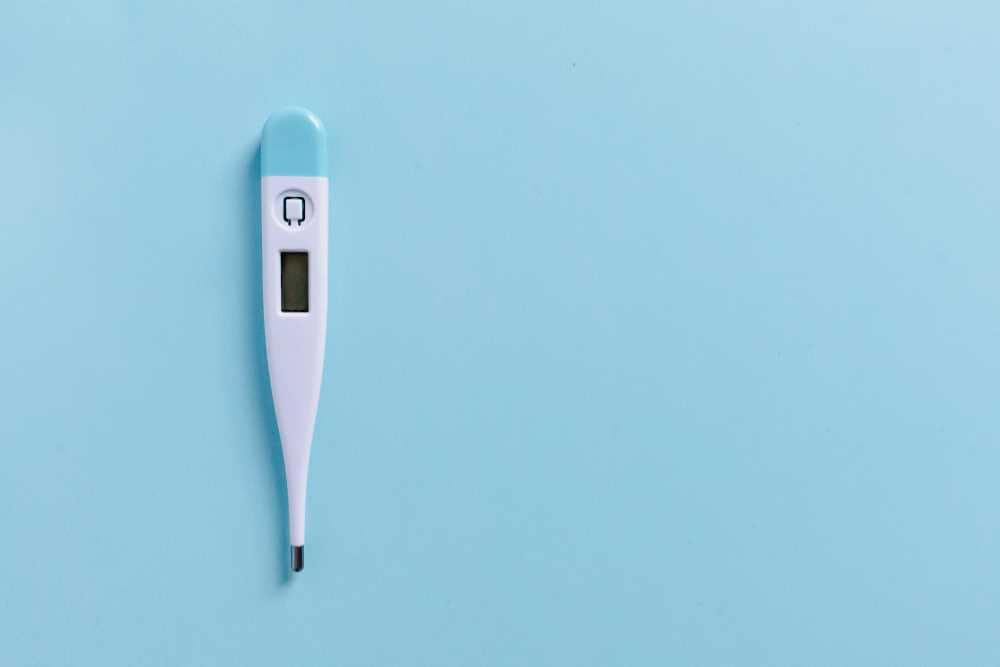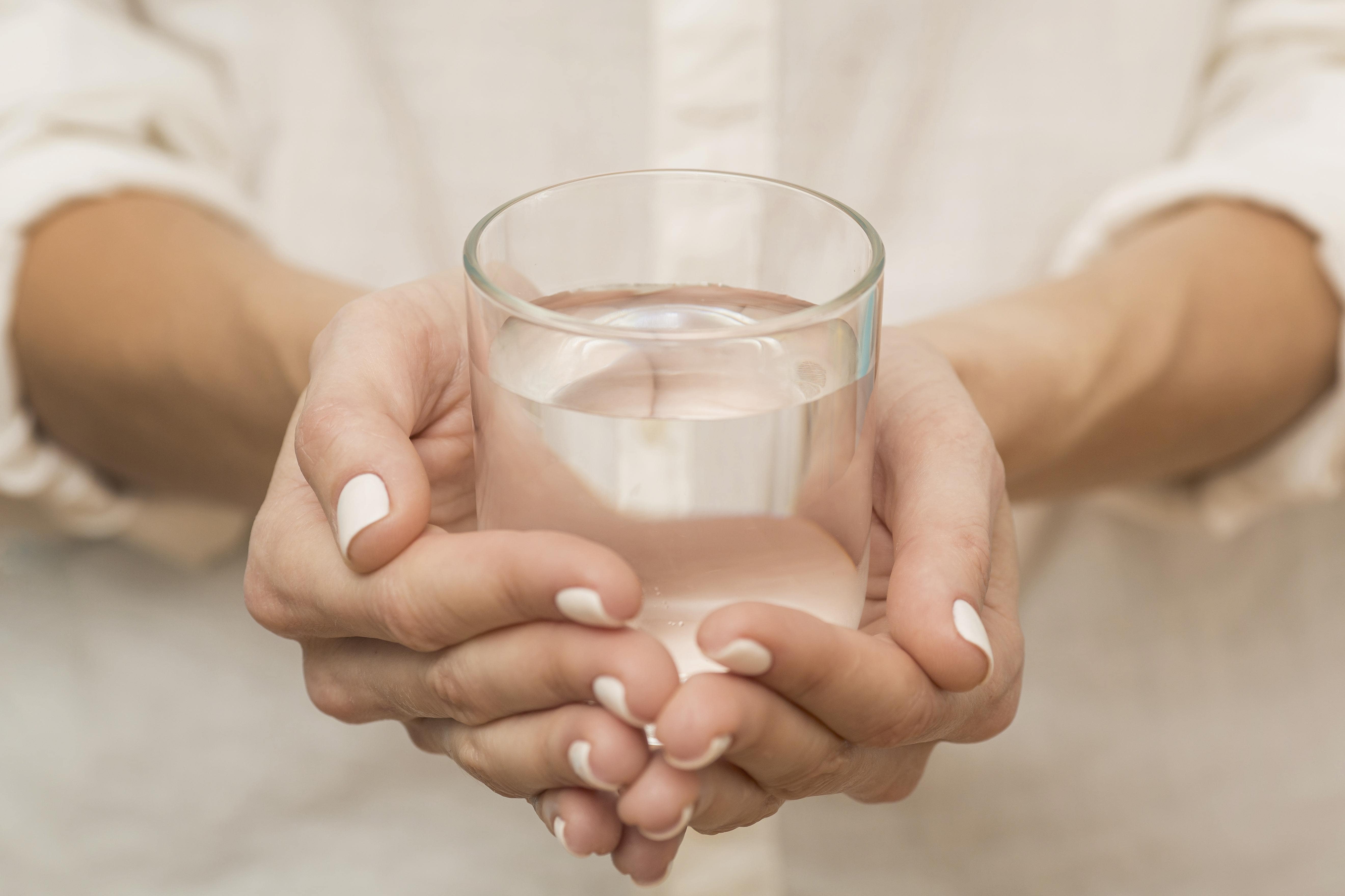Author: Ma. Theresa Hilario-Jimenez, M.D.. GENERAL PEDIATRICS
You always want your child to be healthy and happy. Getting sick may mean to you that your child’s immune system is not good, or guilt feelings may come in and you would think that you haven’t done a good job protecting your child from getting sick.
Sickness is inevitable in every child. It may be a simple runny nose, a little cough, a tummy ache, or worse, a fever. Fever seems to be every mother’s anxiety and fear. You may be afraid that fever is a sign of a more serious problem or that fever can lead to seizures.
Fever is one part of the overall response of the body’s immune system to an infection.1 It is a signal that the body is working to protect itself. 2 Fever is not an illness per se, but a symptom of something not right in the body.3 In infants, fever, even low grade, can mean a serious illness.1 For most older children and adults, it may just be an uncomfortable condition.
Understanding Child Fever
The body’s normal temperature ranges from 36.6-37.4C. The body temperature varies at a particular time of day and is different from one person to the other.
The different levels of the fever are dependent on the body temperature taken. A low-grade fever is a temperature slightly higher than normal.4 A body temperature of 37.5C up to 38C is considered to have a low-grade fever.2 Body temperature higher than 39C is considered a high-grade fever.
What are the causes of child fever?
Fever is usually an indication that there is something wrong with the body’s processes. Here are some of the causes of fever:
1. Viral or bacterial infection. The body temperature will not tell you the cause of the fever.3
2. Dehydration. Excessive loss of fluids or inadequate fluid intake can cause an increase in body temperature. Overheating during play or in the sun can also result in fever.3
3. Allergy to food or medicine can also cause fever3
4. Immunization. Fever is an expected side effect of some vaccines which can last a few hours after vaccination.
What are the other signs of fever aside from high temperature?
Fever may be accompanied by other signs such as:3
- Flushed face
- Hot, dry skin
- Low output of urine, or dark urine
- Decrease in appetite
- Constipation or diarrhea
- Vomiting
- Headache
- Aching all over or body pains
- Nausea
Home Remedies to Bring Down Fever
It’s normal to be anxious when your child gets sick. However, it’s important to stay calm and make sure to observe your child’s temperature. It’s best to make sure that your child feels comfortable by providing some home remedies for child fever.

Photo by Tara Winstead from Freepik
Fever can be a normal passage for some children, but it can be a sign of a more dangerous condition. It will help if you are equipped with the right tools (working thermometer) and the right knowledge to handle such a situation. This will lessen your anxiety and will be able to act quickly to help your child.
There are a lot of ways to bring down your child’s fever back to normal temperature depending on the cause. If your child developed a fever because of too much sun exposure or overheating, here are the things that you can do:
- Remove him from the warm environment and put him in a cool place.
- Remove any warm clothing that he might be wearing
- Give him a sponge bath with cool water. Make sure to wet his head to cool this area as well.
- Give him plenty of fluids to drink to cool him down. Cooled but not ice-cold water will be better.
- With enough fluids, he should be urinating soon. Observe the color of his urine. If it is still dark yellow and concentrated, continue giving fluids.
- If he continues to have high temperature despite these measures, bring him to your health care provider for consultation.
For other causes of fever:
1. Make sure your child is in a cool comfortable place.
2. Put him in comfortable clothing. If he feels cold or chilly, put him in clothes that will keep him warm but not too warm. Remember, too much clothing or too much warm clothing can increase his temperature as well.

Photo by Tara Winstead from Freepik
3. Do a sponge bath with tap water or lukewarm water. Remember to sponge bath the whole body, especially the armpits and inguinal area. The purpose of the sponge bath is to cool the whole body. Do not sponge bath if the child is chilly or shivering. Shivering increases the body temperature, so expect the fever to increase after shivering. Once the shivering stops, you can remove the warm clothing and start the sponge bath.

Photo by Tara Winstead from Freepik
4. Give plenty of fluids to your child. Fever increases fluid loss.
5. Give paracetamol or ibuprofen according to the advice of your doctor.
When should I consult my doctor about my child’s fever?
Fever can be a sign of a minor illness for some but can be a dangerous sign for other children. Consult your doctor immediately for any of the following:3
- Fever observed in children younger than 3 months old
- Seizure
- Sleeping too much or more than the usual
- Irregular breathing
- Stiff neck
- Confusion in an older child
- Rash
- Tugging of the ear
- Persistent sore throat
- Vomiting
- Diarrhea
- Frequent, painful urination
Consult your doctor for any situation that you are not comfortable with or when you feel you need to seek consultation.
Don’t Panic: Here are Key Points to Remember
- Fever is not an illness. It is a sign that something is not right in your child’s body.
- Dehydration from a hot environment, exercise, or play, vomiting or diarrhea can cause fever.
- Other causes such as infection, allergy to food or medicine, and immunization can cause fever as well.
- Look for the other signs that might accompany an infection.
- Once fever is detected, start measures to lower temperature such as putting in a cool, comfortable environment and clothing, giving additional fluids, giving a sponge bath if possible, and giving medications in the correct dosage according to your doctor.
- Seizure is a result of the sudden increase or spike of the fever, rather than a high temperature.
- Remember to consult your doctor right away for fever in infants and children younger than 3 months old.
- Consult your doctor for any signs that you are not comfortable with or if the fever persists despite the measure you did.
References:
- Fever Symptoms and Causes, available at https://www.mayoclinic.org/diseases-conditions/fever/symptoms-causes/sy…. Accessed on 24 October 2022.
- What is Low Grade Fever, available at https://vicks.com/en-us/treatments/how-to-treat-the-flu/what-low-grade-…. Accessed on 24 October 2022
- Fever, available at https://www.hopkinsmedicine.org/health/conditions-and-diseases/fever accessed. Accessed on 24 October 2022
- Causes and Treatment of a Persistent Low Grade Fever, available at https://www.medicalnewstoday.com/articles/326175. Accessed on 24 October 2022
